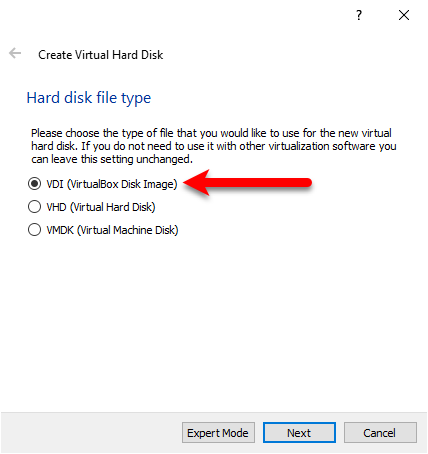

By running the image as a live system, the investigator can perform a live forensic analysis of the image, allowing for the potential discovery of additional forensic artifacts that may not have been previously uncovered from a traditional static analysis. When performing forensic investigation on an image of a target system drive, it is often necessary to recreate and examine the live environment of the system to acquire all relevant data during the investigation. This ‘manual’ way also required the user to convert their forensic image to a RAW image format if it happened to be in a more popular image format such as.

Previously, this process was typically conducted using various 3rd party Linux tools and required many cumbersome steps. Starting with V7 of OSForensics, booting a forensic image of a system disk as a virtual machine has never been easier. Now you are successfully integrated into Openstack.» Booting a forensics image on a Virtual Machine Booting a forensics image on a Virtual Machine # glance image-create –name window –is-public=true –disk-format=qcow2 –container-format=bare –file (location of qcow2 image that you want to import into glance ). Qemu-img convert -f qcow -O qcow2 windows.qcow windows.qcow2 VirtualBox only supports Qcow images, not Qcow2, so we’ll use qemu-img to convert the image to Qcow2 for use with OpenStack.

Install packages, add users, modify configurations, etc.Ĭ:\Windows\System32\sysprep\sysprep.exe /generalize /oobe /shutdown Logdir=C:\Program Files (x86)\Cloudbase Solutions\Cloudbase-Init\log\ Plugins=.SetHostNamePlugin.CreateUserPlugin.NetworkConfigPlugin.SetUserSSHPublicKeysPlugin.ExtendVolumesPlugin.UserDataPlugin



 0 kommentar(er)
0 kommentar(er)
